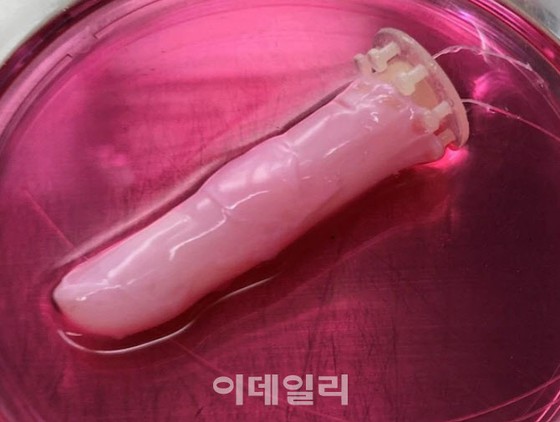 |
On June 9th (local time), the British daily Guardian reported that researchers at the University of Tokyo had succeeded in covering the fingers of a robot with human skin cells.
There have been attempts to reproduce human skin before, but it was difficult to make it adhere to the flexion of the robot joint. Researchers, on the other hand, solved this problem by sticking skin cells to robot joints instead of sticking the finished flat skin.
First, a solution of collagen and fibroblasts was made to make up the connective tissue of the skin, and they put the robot's finger in it. The two substances acted as an adhesive that would stick to the robot and create natural wrinkles, after which the keratinocyte cells would stick to the top.
Keratinocytes are substances that make up 95% of the epidermis of the skin. It wraps around the surface of the robot, recreating the feel of real skin and creating a thin protective film that contains moisture.
The finished skin maintained its strength and elasticity even when it was bent and stretched, and prevented the penetration of moisture. When it gets scratched, put on a collagen band and put it in the culture medium to regenerate the skin.
Professor Masaharu Takeuchi of University of Tokyo said, "This research has taken the first step toward robots with human skin. In the future, we will develop perfect artificial skin including sensory nerves, hair roots, nails, and sweat glands."
2022/06/21 09:48 KST


